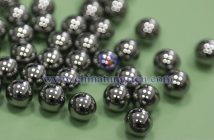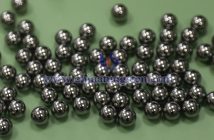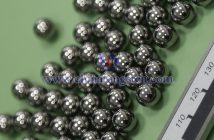Tungsten carbide balls, known for their high hardness, wear resistance, and excellent mechanical properties, are widely used in precision bearings, valves, grinding media, and other fields. Surface polishing is a key process to improve their performance, significantly reducing surface roughness, enhancing dimensional accuracy and surface finish, thereby extending service life and improving operational efficiency.
I. Principle of Surface Polishing Technology for Tungsten Carbide Balls
Tungsten carbide balls are primarily composed of tungsten carbide (WC) and metal binders such as cobalt (Co), offering high hardness and toughness. Surface polishing aims to remove microscopic defects, scratches, and oxide layers through mechanical, chemical, or physical methods, creating a smooth and uniform surface. The polishing process must balance material removal rate and surface quality to avoid excessive polishing that could cause dimensional deviations or surface damage.
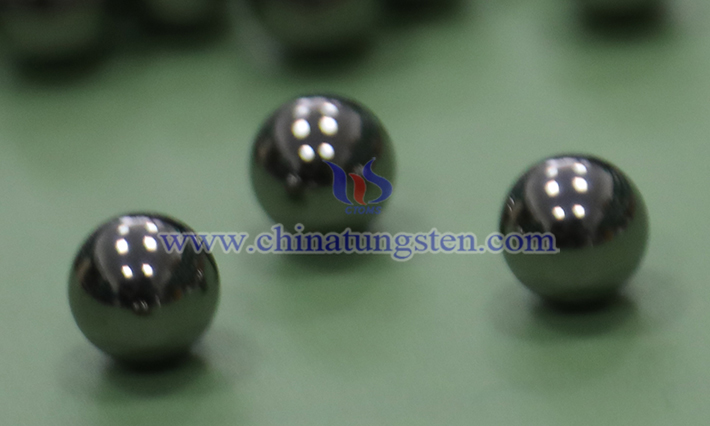
II. Main Surface Polishing Methods for Tungsten Carbide Balls
1. Mechanical Polishing
Mechanical polishing removes material through the physical interaction of abrasives with the workpiece surface. Common methods include vibratory polishing, tumbling polishing, and magnetic abrasive finishing. Vibratory polishing uses high-frequency vibrations in a vibratory bowl to make abrasives collide with the balls, suitable for batch processing of small-sized balls. Tumbling polishing involves the balls rolling and rubbing in a drum with abrasives, ideal for larger balls. Magnetic abrasive finishing uses a magnetic field to drive abrasives for precise surface processing, suitable for high-precision requirements. Mechanical polishing equipment is simple and cost-effective but has lower efficiency and struggles to achieve nanoscale surface roughness.
2. Chemical Mechanical Polishing (CMP)
CMP combines chemical etching and mechanical grinding, utilizing polishing slurries containing oxidants and abrasives. The chemical components in the slurry soften the surface material, while abrasives remove the softened layer, achieving a highly smooth surface. CMP is suitable for high-precision tungsten carbide balls, with surface roughness reaching below Ra 0.01μm. However, the process is complex, and the polishing slurry formulation requires precise control.
3. Electrochemical Polishing
Electrochemical polishing smooths microscopic protrusions by dissolving metal ions on the surface through electrolysis. This method is highly efficient and suitable for complex-shaped workpieces, but it demands strict control over electrolyte composition and process parameters, resulting in higher costs.
4. Laser Polishing
Laser polishing uses a high-energy laser beam to instantly melt small surface areas, reshaping them into a smooth surface through surface tension. This non-contact method avoids abrasive contamination and is ideal for high-precision and small-batch production. However, the equipment is expensive, and the heat-affected zone must be controlled to prevent changes in material properties.
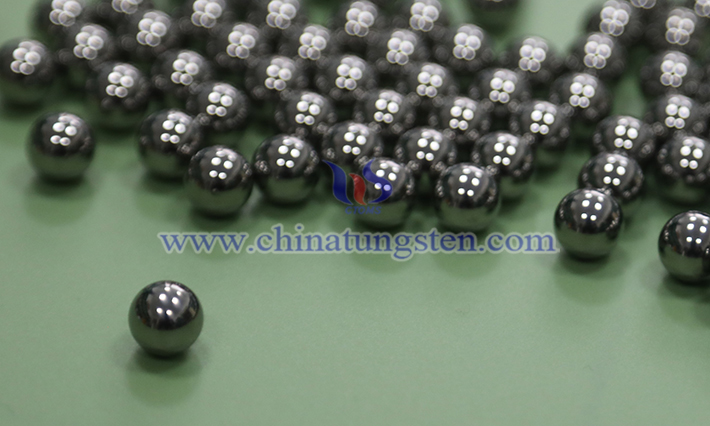
III. Application Characteristics and Future Trends
Different polishing technologies are suited to various scenarios. Mechanical polishing is ideal for large-scale production, CMP and electrochemical polishing are suitable for high-precision applications, and laser polishing excels in high-end customized production. In the future, polishing technology will trend toward sustainability and intelligence, such as developing environmentally friendly polishing slurries and integrating AI to optimize process parameters, improving efficiency and reducing costs.

